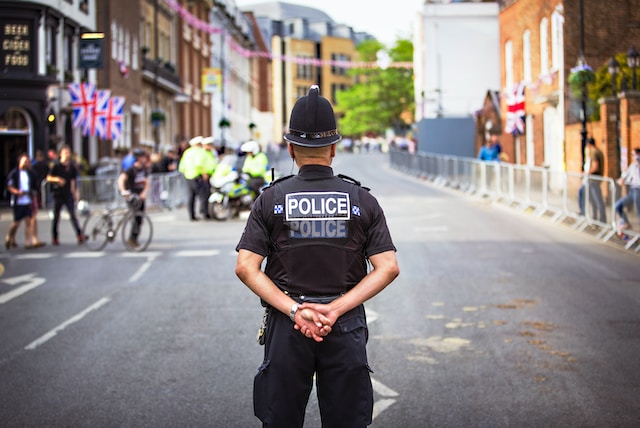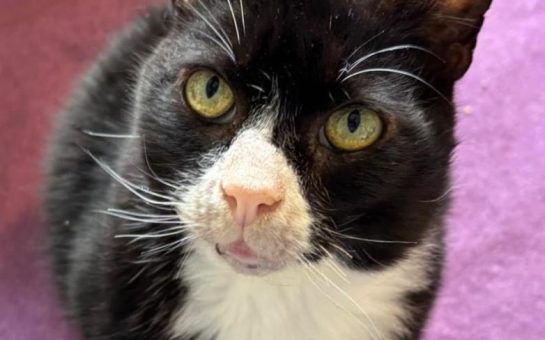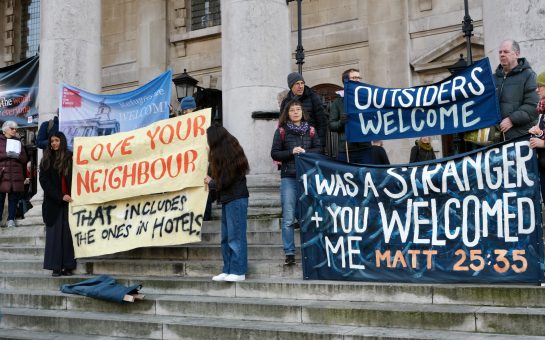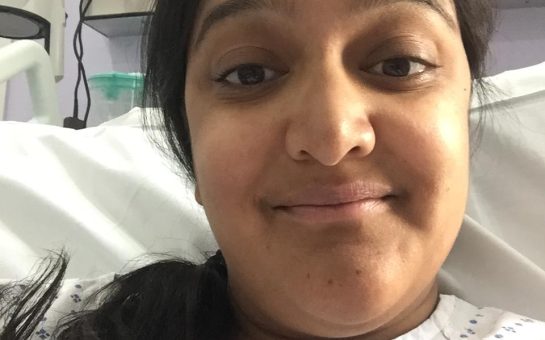Black people in Lambeth experience a higher proportion of individual police officers using force than any other borough, according to recent Metropolitan Police data covering a six year period.
Between 2018 and November 2023, 57.8% incidents of individual police officers using force involved a Black person in Lambeth, which had a Black population of 16.7% in 2020 according to the ONS.
The borough has topped the rankings year on year since 2018, with Hackney, Southwark and Lewisham following in the 2nd, 3rd and 4th spots in varying orders.
Whilst a higher Black population generally means a borough experiences a higher percentage of force involving a Black person, Lambeth, the borough in which Chris Kaba was shot, is a noticeable outlier.
Paul Anderson MBE, CEO of Voyage, a social justice charity that tackles racial injustice in London, said: “The whole use of force has been something that Black communities have experienced since day dot, and I do believe there are very particular reasons for that.”
He claimed when new officers start work in a borough, they stereotype the borough, and base the way they work subconsciously on violent historical flashpoints, such as the 1981 Brixton riots, which means they work with more distrust and less empathy.
He said: “Brixton has got such a huge reputation, you can talk to anyone across the globe and they’ll tell you ‘Yeah I’ve heard of Brixton that’s the place where the riots were’.
“So if you’re a police officer now coming out and that’s the area you’ve got to work in, you’re going to tighten your boots.”
Across the capital the proportion of incidents where individual Met officers used force against a Black person has scarcely changed over the past six years.
In 2017, 36.9% of incidents involved a Black person and in 2023 this figure was 37%, the highest recorded in the period. The lowest this figure has been was 35.5% in 2021.
This is significantly disproportionate to London’s Black population of 13.5%, according to 2021 Census data.
In comparison, 41.7% incidents across the six years involved a White person, 53.8% of London’s population.
Use of force has been trending downwards since 2020 when it peaked at 175,000, decreasing by 22% to 135,000 by 2022. 110,000 incidents happened before in 2023 before 30 November.
Figures for both Black and white people follow the same trend.
Anderson claimed that officers do not receive adequate race equality training, have not built sufficient empathy with the communities they work in, and the force has not absorbed the lessons of reviews such as the 1999 Macpherson report into everyday policing conduct.
The Macpherson report was conducted after the murder of Stephen Lawrence in 1993 and found the Met to be institutionally racist.
Baroness Casey’s review after Sarah Everard’s murder published last March revealed similar findings.
This comes as chair of the National Police Chiefs’ Council (NPCC) Gavin Stephens became the most senior serving UK police leader to say racial discrimination in policing happens at an institutional level.
In a Guardian article last week, he challenged stereotypes that Black people are more dangerous than white people and claimed that police with a cultural connection to the people they serve are more likely to solve issues without use of force.
Anderson echoed this sentiment, saying more Black officers in the force would help increase empathy and understanding, and would welcome a recruitment drive among the young people he works with.
He added: “We have a lot of police that don’t come from our communities. They don’t come from Black communities, they don’t actually have friends in Black communities so the whole connection, or disconnection is greater.”
He also said policing suffers because officers do not spend enough time in roles to get to know communities and encourage cohesion, saying his own borough of Hackney has had seven borough commanders in ten years.
The Metropolitan Police dataset defines a use of force as an incident where one officer has used force against one individual.
If two officers used force against the same individual at the same time this would be considered two separate uses of force.
Use of force also has a very broad definition, and the most common incidents involve tactical communications and handcuffing.
Claire van Helfteren, Chair of Kensington and Chelsea Independent Advisory Group for the police, said: “When the term use of force is stated, often it is for the safety of the rest of the public and the person who is being detained or engaged with. So it is an incredibly broad term.
“Every use of force has to be justified by every officer, whatever it might be. So, if there was a complaint or if there was a question from a superior officer, they have to justify every single use of force. So it’s a very personal thing.”
Van Helfteren has taught conflict management courses for young people vulnerable to gun and knife crime, especially in relation to Notting Hill Carnival.
She said: “Being handcuffed is definitely a use of force that has to be justified. If an officer handcuffs an individual on the report, every individual who was arrested – or even if they’re not arrested, they’re stopped and searched – could still ask for a copy of the receipt of their stop and search. That will have to be justified.”
A spokesperson from the Metropolitan Police said: “We are aware there is disproportionality within the criminal justice system as a whole, including for people arrested and victims.
“Anyone who feels that racial discrimination played a part in an officer using force should make a complaint to the Met or the IOPC.”
Image Credit: Photo by King’s Church International on Unsplash





